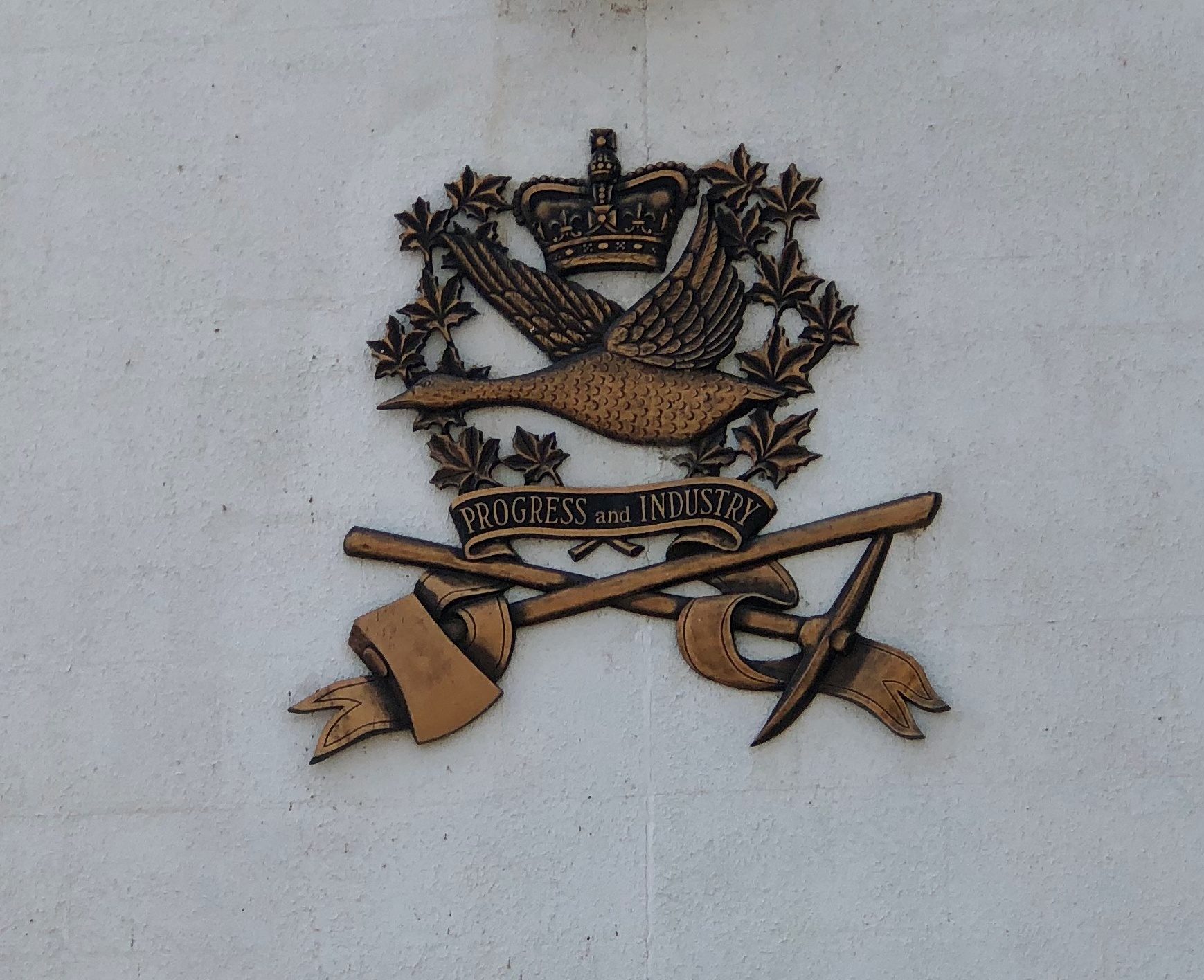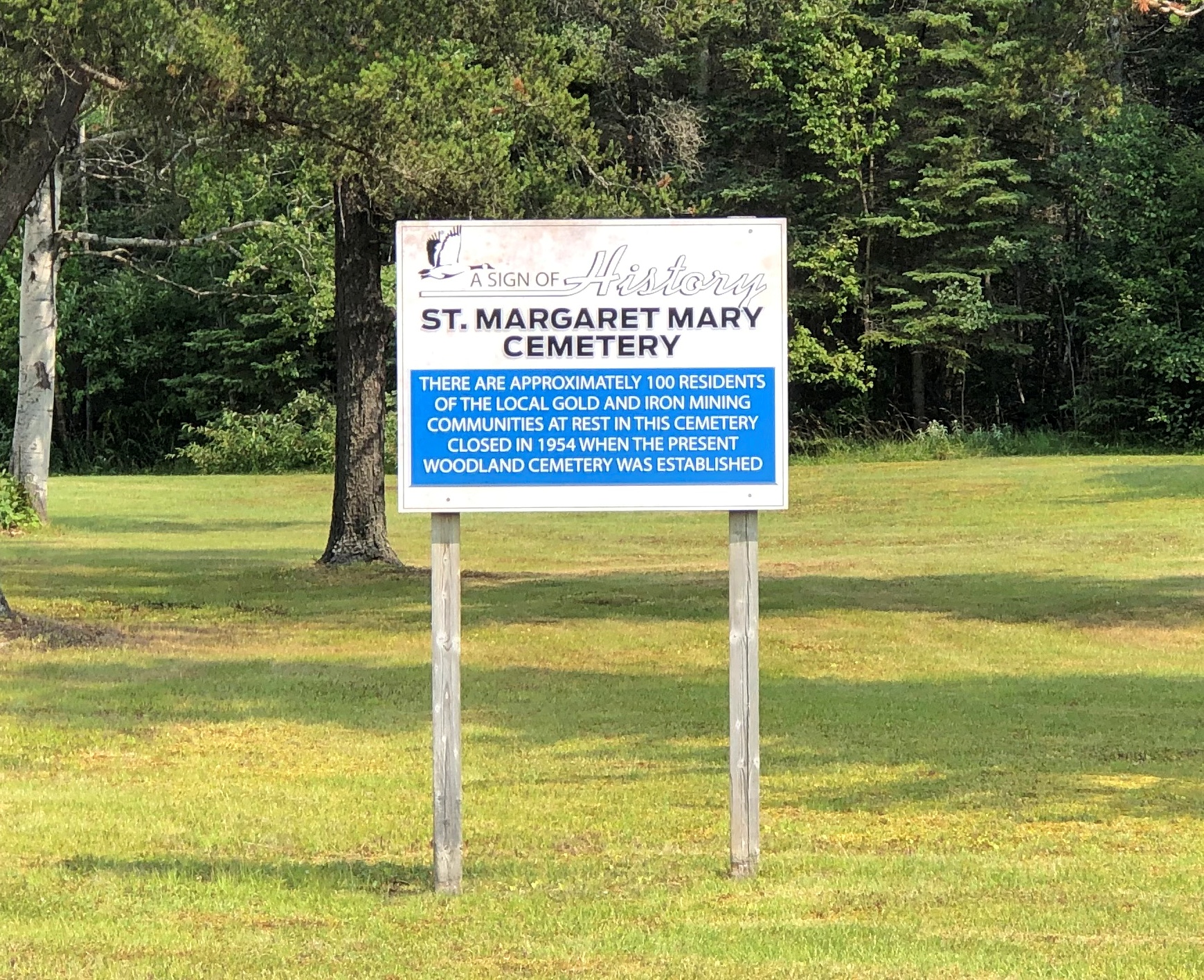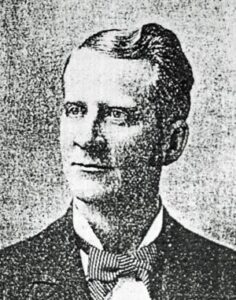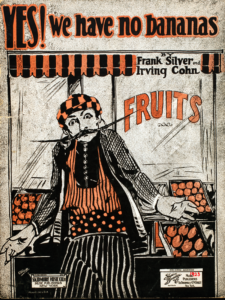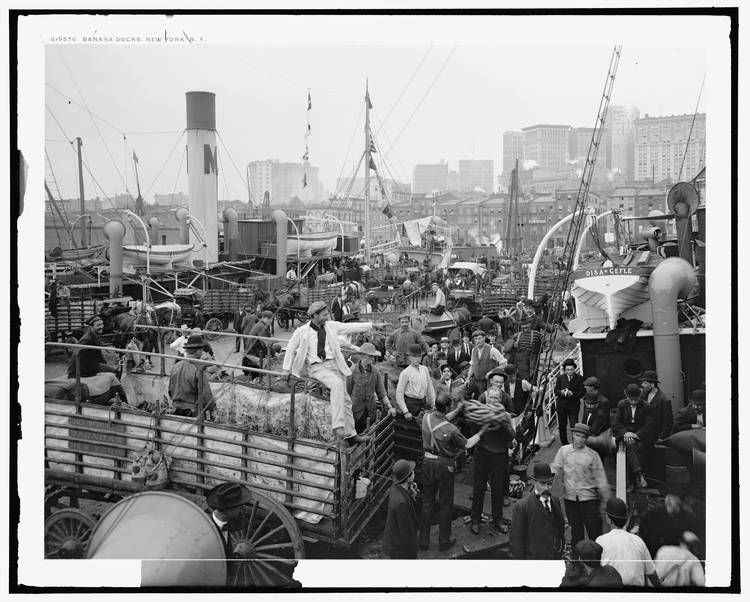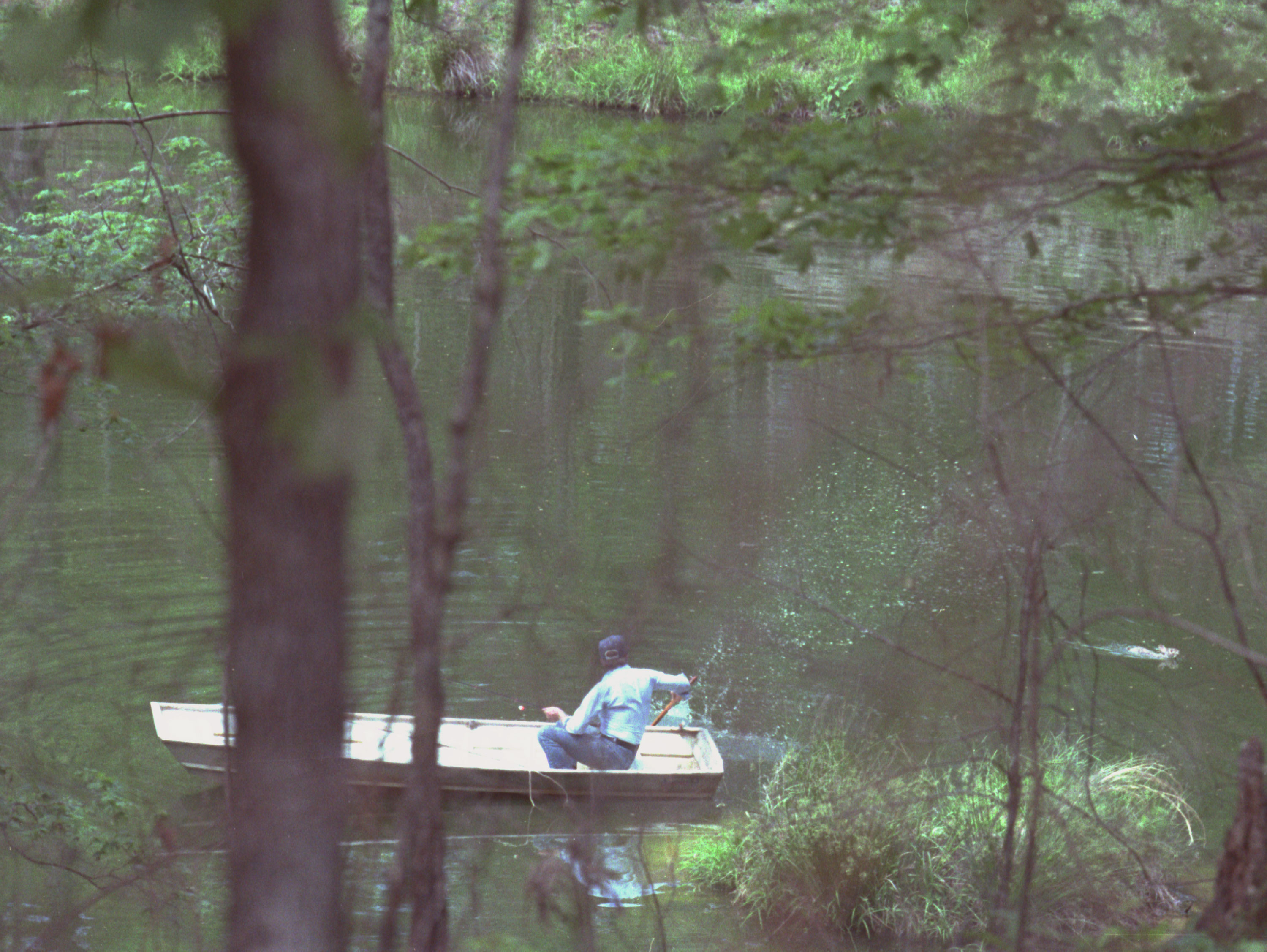Unlike Wednesday morning’s thunder but no rain, Thursday morning provided rain but no thunder. At least, none that I was awake for. Not a lot of rain, but enough to kick off a cool cloudy day.
Not long ago I watched an episode of All in the Family on a whim, as the series is available on one of the streaming services I pay for. I was curious to take a look at the program, so famed in its time, with my older eyes – older now than any of the characters.
I didn’t watch it every week back in its heyday, except maybe during the fall of ’73, when CBS had its remarkable Saturday line up: All in the Family, MASH, Mary Tyler Moore, Bob Newhart and Carol Burnett.
As I was 12 that year, Saturdays weren’t yet for social occasions; that would come later, sometimes causing me to forego television I would have enjoyed, such as a number of episodes of the original-cast SNL. It was years before I saw the Killer Christmas Tree sketch, for instance.
The All in the Family episode I watched recently, “The Saga of Cousin Oscar,” originally aired on September 18, 1971, as the first episode of the second season. Even though the show had found its footing by then – All in the Family became No. 1 that season, probably as a result of word-of-mouth that summer — I’m fairly certain I’d never seen “Cousin Oscar” before. As a 10-year-old, I wasn’t paying attention to that kind of word-of-mouth.
As a start for a season, the episode was a good one. It was actually funny at times. The main reason, I believe, is that there was very little in the way of discussions, or arguments, about the issues of the day, except maybe a comment by Mike complaining about the funeral industry. That’s often the case with comedy, and especially this show: the lower the level of tendentiousness, the funnier it is.
The titular character Oscar, a ne’er-do-well cousin of Archie’s, was described in the first act, but not seen, as he was reportedly sleeping late upstairs. Why he had no other place to go at that moment wasn’t entirely clear, but it was clear that Archie considered him a moocher and planned to kick him out. Commercial break.
I was entirely sure I knew what would happen next. I’ve seen enough sitcoms in my life.
Sure enough, like the luckless guest in “The Kipper and the Corpse,” Oscar checked out sometime that morning. Now the Bunkers had to deal with that, including a series of long-distance calls to other relatives, trying the raise money for Oscar’s funeral, which Archie doesn’t want to pay for. I’m not giving much away when I note that in the end, he’s stuck with the bill, though it’s played as him reluctantly doing the right thing.
A lot of sitcoms could have done that story. I could imagine a cousin of Fred Sanford’s doing the same. Plautus could have done the story too. Maybe he did, and the scroll waiting to be discovered at some buried site in the Near East.
Some observations.
Archie was incredibly bossy, which I suppose fits, but more remarkably everyone else goes along with it, including Mike.
One forgets what an involved process long-distance calls used to be.
Edith, of course, had more sense than Archie, and more empathy too, a pattern that persisted throughout the series. Plautus could have done that as well.
No one even mentioned the possibility of cremating Oscar, a cheaper option. I know it wasn’t as common then, but it did happen. Or, for that matter, having Oscar buried in a potter’s field at county expense (Mike’s suggestion) and then holding an inexpensive memorial service. It was either all or nothing when it came to a funeral.
This was before residential sets were often depicted as more expensive than the characters could afford (viz., Friends). I marveled that there was supposed to be enough room upstairs for Oscar to have his own bed to die in.
In terms of sets, the show had a remarkable economy: the living room and the kitchen. I can only remember a handful of times the upstairs was seen, including one memorable moment when Archie got on Mike’s case – nonpolitically, mostly demented – about the right way to put on socks and shoes.
The show could have used more material like that.




